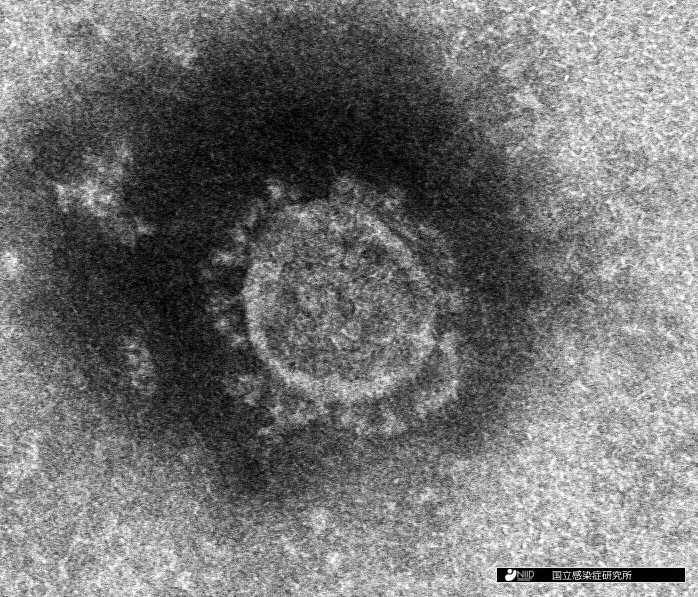Jpn. J. Infect. Dis., 65 (1), 28-32, 2012
To see a printable version of the article in the Adobe file format, click this [PDF] link.
Sasisopin Kiertiburanakul1*, Siripen Watcharatipagorn1, Piriyaporn Chongtrakool2, and Pitak Santanirand2
1Department of Medicine and 2Department of Pathology, Faculty of Medicine Ramathibodi Hospital, Mahidol University, Bangkok, Thailand
(Received June 10, 2011. Accepted October 31, 2011)
*Corresponding author: Mailing address: Department of Medicine, Faculty of Medicine Ramathibodi Hospital, 270 Rama VI Rd., Bangkok 10400, Thailand. Tel: +662 201 0033, Fax: +662 201 2232, E-mail: This email address is being protected from spambots. You need JavaScript enabled to view it.
SUMMARY: Few studies have described the pattern of bloodstream infections (BSI) among HIV-infected patients in the highly active antiretroviral therapy (HAART) era, particularly in resource-limited settings. A retrospective cohort study was conducted among 140 HIV-infected patients who had a positive blood culture from 2004–2008. Of the 140 patients, 91 (65%) were male with a mean (SD) age of 38 (9.1) years and a median (IQR) CD4 cell count of 32 (9–112) cells/mm3. Community-acquired infection was detected in 89% of patients. The blood cultures contained Gram-negative bacteria, 40%; fungi, 24%; Mycobacterium spp., 20%; and Gram-positive bacteria, 16%. Common causative pathogens were Cryptococcus neoformans, 21%; Salmonella spp., 15%; and Mycobacterium tuberculosis, 12%. Common focal sites of infection were the central nervous system, 24%; respiratory tract, 20%; and gastrointestinal tract, 18%. CD4 cell count (OR, 0.61 per 50 cells/mm3 increment; 95% CI, 0.39–0.96; P = 0.031) was the only factor associated with mycobacterial or fungal BSI. The crude mortality was 21%. HAART (OR, 0.23; 95% CI, 0.01–0.77; P = 0.017), focal infection (OR, 0.31; 95% CI, 0.10–0.97; P = 0.044), and complication (e.g., shock) (OR, 9.26; 95% CI, 3.25–26.42; P < 0.001) were the predictive factors of mortality. In conclusion, opportunistic infections are still the leading causes of BSI among HIV-infected patients in the HAART era.
